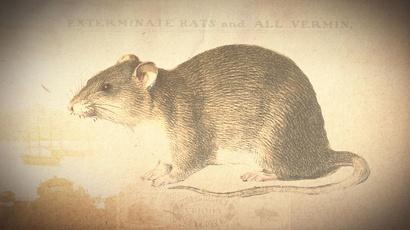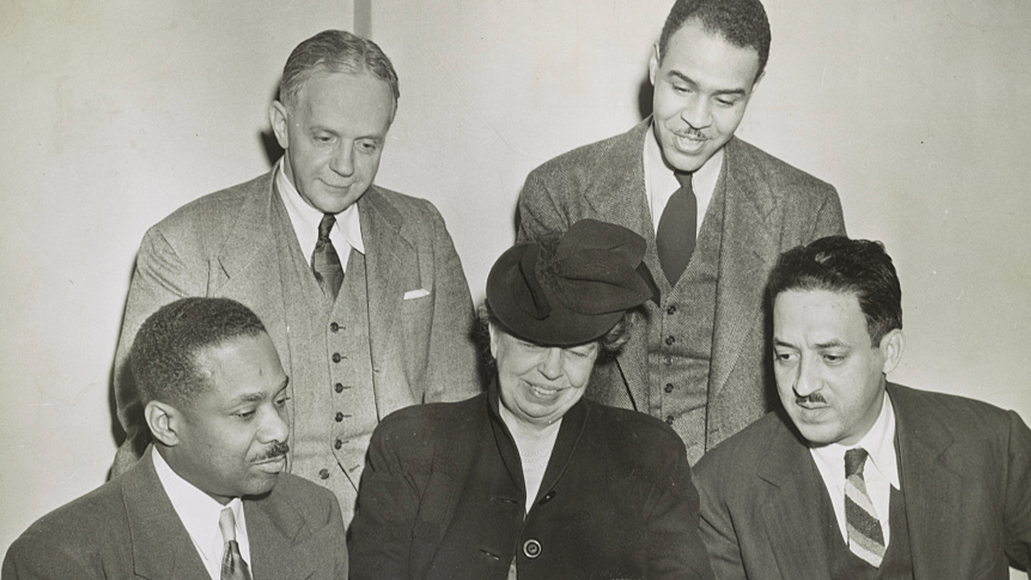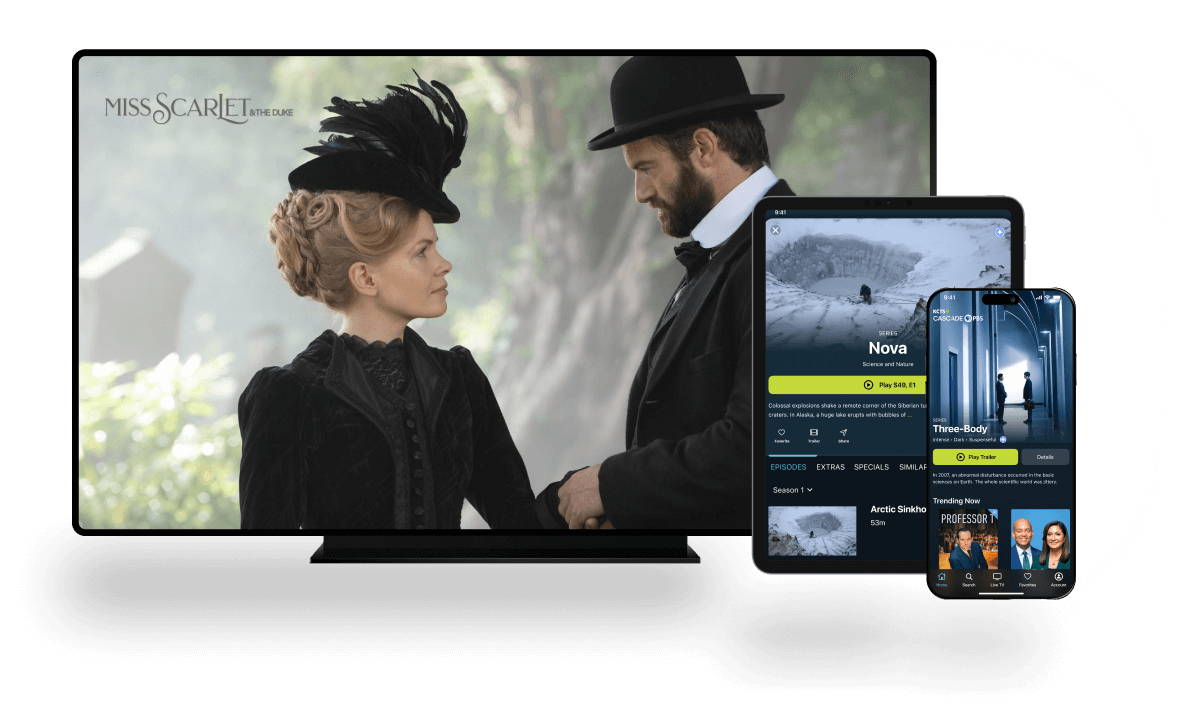
American Experience
Chapter 1 | ASL | Change, Not Charity: The Americans with Disabilities Act
Show title: American Experience
Video title: Chapter 1 | ASL | Change, Not Charity: The Americans with Disabilities Act
Video duration: 9m 17sVideo description: ASL Watch a preview of Change, Not Charity: The Americans with Disabilities Act.
Watch Clip

Ng Poon Chew
44s
Ng Poon Chew was a writer, a publisher and an advocate for Chinese American civil rights. He established the first Chinese language daily newspaper in America, the Chung Sai Yat Po. This newspaper was a vital resource for the Chinese community during the plague outbreak in San Francisco.
Watch Clip

The Chinese Six Companies
5m 36s
On May 28, 1900, San Francisco policemen formed a perimeter around Chinatown, and set about building an eight-foot high wall around the district using cement blocks and barbed wire. Officials diagnosed bubonic plague in the neighborhood and wanted to quarantine the nearly 20,000 residents. As tensions flared, an influential group of merchants known as the Chinese Six Companies sprang into action.
Watch Clip

The War on Rats
1m 41s
In 1900, the first case of bubonic plague to ever be confirmed in North America was diagnosed in San Francisco.
Scientists did not understand how the disease was transmitted but had long theorized that rats played a role.
Watch Clip

Rupert Blue
44s
In 1901, Rupert Blue launched a public health campaign that ended a deadly bubonic plague outbreak in San Francisco.
Watch Clip

Dr. Joseph Kinyoun
44s
Dr. Joseph Kinyoun created the Hygienic Laboratory, the nation’s first federal laboratory of medical bacteriology which later became the National Institutes of Health.
Watch Preview

Trailer | Plague at the Golden Gate
1m 46s
Follow the gripping story of the race against time to save San Francisco and the nation from an outbreak of bubonic plague in 1900.
Watch Clip

The Asian American and Pacific Islander History
30s
American Experience celebrates The Asian American, Native Hawaiian and Pacific Islander Experience.
Watch Clip

Big Dams of the American West
1m 48s
After the St. Francis Dam disaster of 1928, engineers applied lessons learned to expansive dam projects in the American West.
Watch Clip

Owens Valley Paiute
55s
The Native inhabitants—the Paiute people of the Owens Valley territory in what is now the State of California built sophisticated irrigation canals to channel water runoff from the Sierra Nevada Mountains.
Watch Clip

Chapter 1 | Flood in the Desert
10m 34s
Explore the 1928 dam collapse, the second deadliest disaster in California history.
Watch Clip

William Mulholland
52s
In 1922, to meet the growing water needs of Los Angeles, William Mulholland began building the St. Francis Dam to create a reservoir for the Los Angeles–Owens River aqueduct.
Watch Preview

Trailer | Flood in the Desert
1m 51s
Flood in the Desert explores the 1928 collapse of the St. Francis Dam and its aftermath, the second deadliest disaster in California history.
Watch Preview

Zoot Suit Riots Teaser
30s
In August 1942, the murder of a young Mexican-American man ignited a firestorm in the City of the Angels. In no time at all, ethnic and racial tensions that had been building up over the years boiled over.
Watch Clip

Chapter 1 | The American Diplomat
10m 49s
Discover how three Black diplomats broke racial barriers at the US State Department during the Cold War. Asked to represent the best of American ideals abroad while facing discrimination at home, they left a lasting impact on the
Foreign Service.
Watch Clip

Reframing The March on Washington
9m 47s
Edward R. Murrow, head of the United States Information Agency began producing a documentary about the upcoming March on Washington. But as the project neared completion, Murrow was losing a battle with cancer. And the film’s political opponents wanted to make sure it would never be seen. President Lyndon B. Johnson tasked a groundbreaking diplomat, Carl Rowan, with seeing the project through.
Watch Preview

Trailer | The American Diplomat
1m 46s
Discover how three Black diplomats broke racial barriers at the US State
Department during the Cold War. Asked to represent the best of American ideals
abroad while facing discrimination at home, they left a lasting impact on the
Foreign Service.
Watch Clip

Carl Rowan
52s
Carl Rowan was one of the highest ranking African American in the history of the State Department during the 20th century. In 1964 Lyndon Johnson appointed Rowan as director of the U.S. Information Agency.
Watch Clip

Terence Todman
53s
Terence Todman’s diplomatic career spanned four decades: he was a U.S. ambassador to six nations and achieved the prestigious rank of career ambassador.
Pagination
Supported by











